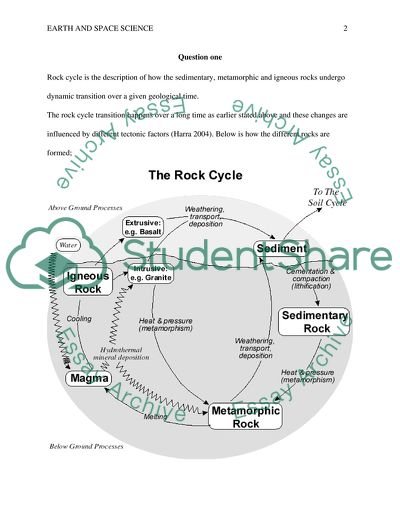Cite this document
(Earth and Space Science Report Example | Topics and Well Written Essays - 2500 words, n.d.)
Earth and Space Science Report Example | Topics and Well Written Essays - 2500 words. https://studentshare.org/physics/1868733-geology-final-questions
Earth and Space Science Report Example | Topics and Well Written Essays - 2500 words. https://studentshare.org/physics/1868733-geology-final-questions
(Earth and Space Science Report Example | Topics and Well Written Essays - 2500 Words)
Earth and Space Science Report Example | Topics and Well Written Essays - 2500 Words. https://studentshare.org/physics/1868733-geology-final-questions.
Earth and Space Science Report Example | Topics and Well Written Essays - 2500 Words. https://studentshare.org/physics/1868733-geology-final-questions.
“Earth and Space Science Report Example | Topics and Well Written Essays - 2500 Words”. https://studentshare.org/physics/1868733-geology-final-questions.


